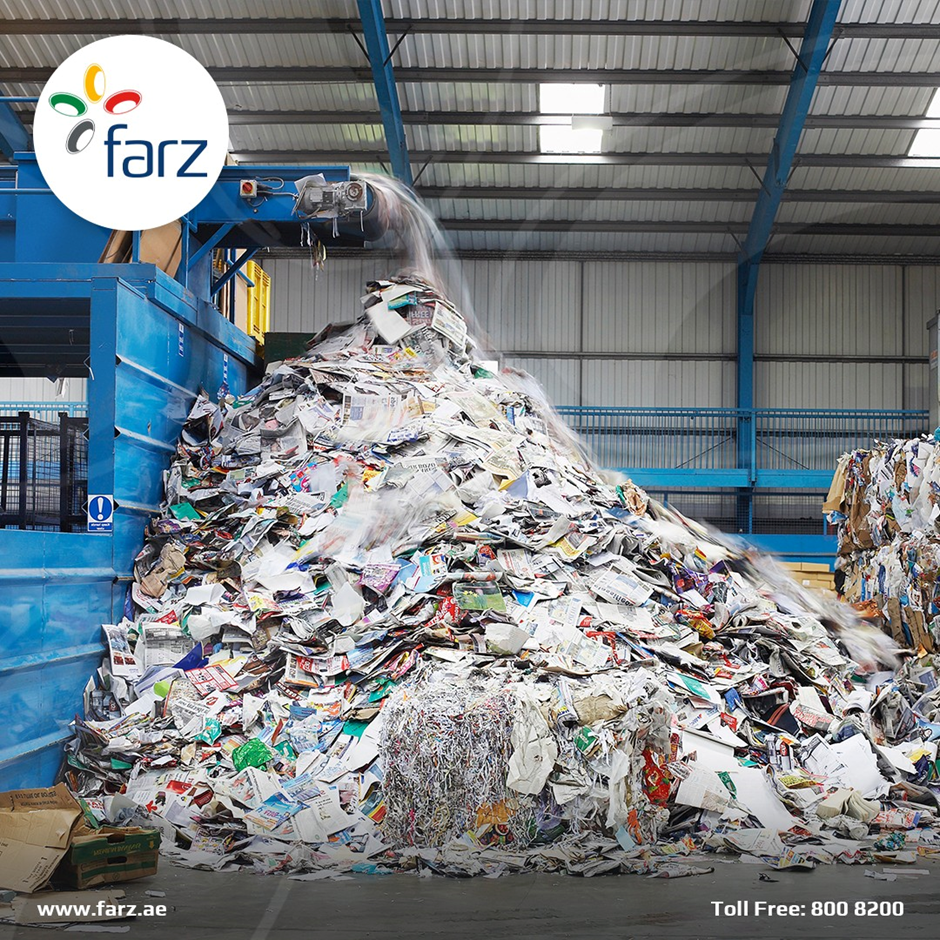In the ever-evolving landscape of waste management, Materials Recovery Facilities (MRFs) stand as the unsung heroes, transforming what was once considered waste into valuable resources. This article takes a deep dive into the intricacies of MRFs, exploring the journey from discards to resources and the pivotal role these facilities play in reshaping the narrative of sustainable waste management.

1. The Pervasive Issue of Discarded Materials:
In our modern, consumer-driven society, the discard of materials has become an ever-growing challenge. From plastics to paper, glass, and metals, a significant portion of what ends up in landfills has the potential to be repurposed. MRFs emerge as the crucial intermediaries in redirecting this tide, turning what was once seen as waste into valuable resources.
2. The Core Function of Materials Recovery Facilities: Sorting and Separation:
At the heart of MRFs lies the core function of sorting and separation. These facilities are equipped with advanced technologies that enable the precise segregation of diverse materials. Automated sorting systems, aided by sensors and robotics, meticulously categorize plastics, paper, glass, and metals, setting the stage for their journey from discards to resources.
3. Plastic Renaissance: Transforming Plastics into New Possibilities:
Plastics, notorious for their environmental impact, undergo a renaissance within the confines of MRFs. The intricate sorting process categorizes plastics by type and color, creating streams of materials that can be repurposed. From bottles to packaging, plastics find new life as they are transformed into raw materials for manufacturing, contributing to a circular economy where plastics are no longer viewed as single-use but as valuable resources.
4. Paper's Second Chapter: The Rebirth of Recycled Fiber:
Recycled paper experiences a second chapter within MRFs. Once sorted, paper materials are directed toward becoming the foundation for new paper products. Cardboard boxes, newspapers, and packaging materials are crafted from recycled fiber, reducing the need for virgin resources. This transformation not only conserves trees but also minimizes the environmental footprint associated with paper production.
5. Glass: A Cyclical Journey of Endless Recyclability:
Glass, known for its recyclability without loss of quality, embarks on a cyclical journey within MRFs. Meticulous sorting by color ensures that glass can be recycled indefinitely, finding its way back into the production of new glass products. This closed-loop system exemplifies the sustainable potential of materials recovery, where glass transforms from discarded packaging to a perpetually recyclable resource.
6. Metals: The Infinite Loop of Recycling Possibilities:
Metals, whether aluminum or steel, are on a journey of infinite possibilities within MRFs. After sorting, these materials undergo melting and reforming, creating a loop where the same metal can be recycled repeatedly without compromising its quality. The energy savings achieved through metal recycling further solidify its role as a valuable resource extracted from what was once considered waste.
7. Beyond Sorting: Creating a Closed-Loop System:
The journey from discards to resources doesn't end with sorting. MRFs play a crucial role in creating a closed-loop system where materials are continuously recycled and repurposed. This systemic approach addresses the linear model of 'take, make, dispose,' paving the way for a more sustainable future where the concept of waste is redefined.
8. Community Awareness and Participation: Empowering the Journey:
The success of the journey from discards to resources relies not only on technological precision but also on community awareness and participation. MRFs actively engage communities through educational initiatives, tours, and transparent communication about the recycling process. By empowering individuals to participate in responsible waste disposal practices, MRFs contribute to a collective effort in navigating the intricacies of sustainable waste management.
Conclusion:
In conclusion, Materials Recovery Facility is at the forefront of navigating the intricate journey from discards to resources. These facilities, with their advanced technologies and systemic approach, redefine the narrative of waste management. Plastics, paper, glass, and metals are no longer seen as mere discards; they emerge from MRFs as valuable resources, ready to contribute to the creation of a more sustainable and circular economy. The journey is complex, but within the intricacies of MRFs, a transformative story unfolds—one where waste is not an end but a beginning of new possibilities and a journey from discards to resources.
Website - https://www.farz.ae/